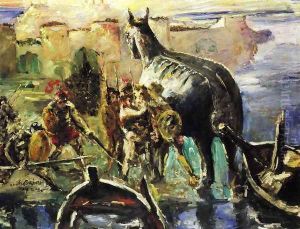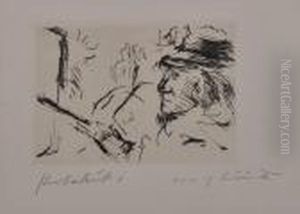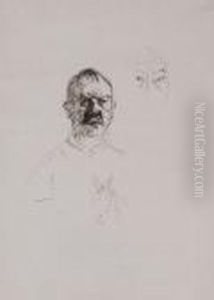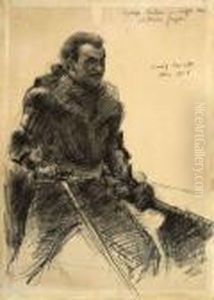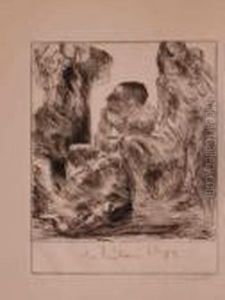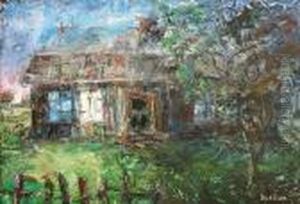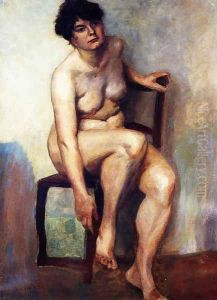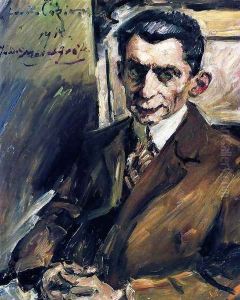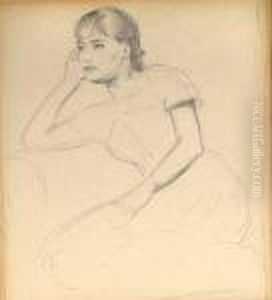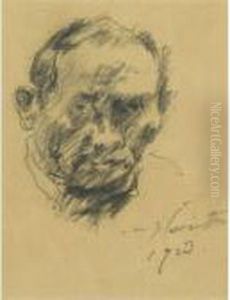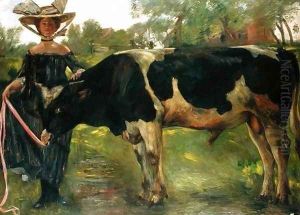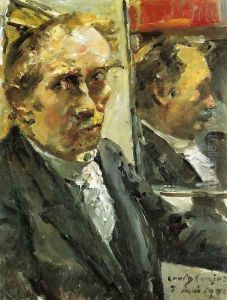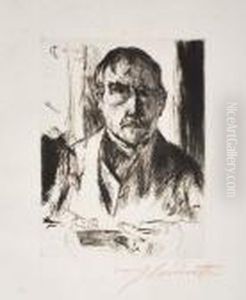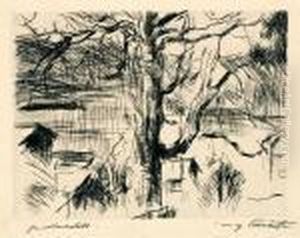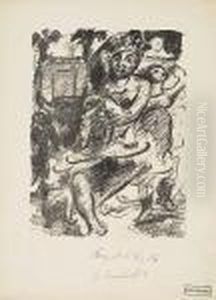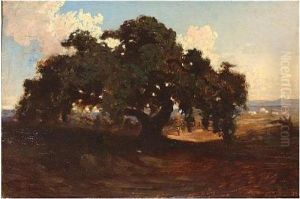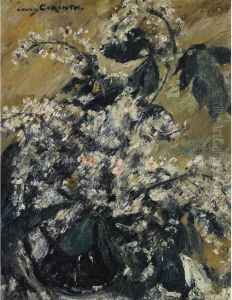





Kastanienbluten (horse Chesnut Blossoms)
-
About Reproduction
Discover the allure of art with our faithful reproduction of "Kastanienbluten (horse Chesnut Blossoms)", originally brought to life by the talented Lovis (Franz Heinrich Louis) Corinth. Unlike posters or prints, our hand-painted oil painting breathes an unique sense of depth and texture into your space. Every detail, every stroke, and every texture is meticulously recreated, paying the perfect homage to Lovis (Franz Heinrich Louis) Corinth and his artistic vision.
Owning this piece is more than just decoration - it's a statement of your refined taste in art. Let the vibrant colors and intricate details of this replica serve as a daily reminder of the beauty in our world. Elevate your decor and appreciate the richness of art with our replica of this masterpiece.
-
Painting Description
"Kastanienbluten" (Horse Chestnut Blossoms) is a notable painting by the German artist Lovis Corinth, whose full name is Franz Heinrich Louis Corinth. Created in 1920, this work exemplifies Corinth's mature style, characterized by vigorous brushwork and a vibrant palette. Lovis Corinth was a pivotal figure in the transition from Impressionism to Expressionism in German art, and his works often reflect a synthesis of these movements.
The painting "Kastanienbluten" captures the delicate beauty of horse chestnut blossoms in full bloom. Corinth's approach to this subject matter is both dynamic and intimate, showcasing his ability to infuse natural scenes with emotional depth and a sense of immediacy. The blossoms are depicted with a lush, almost tactile quality, achieved through Corinth's masterful use of thick, expressive brushstrokes and a rich, varied color scheme. The background, rendered in softer, more subdued tones, serves to highlight the vibrancy of the blossoms, creating a striking contrast that draws the viewer's eye to the central subject.
Lovis Corinth's personal life and artistic career were marked by significant events that influenced his work. Born in 1858 in Tapiau, East Prussia (now Gvardeysk, Russia), Corinth studied art in Königsberg, Munich, and Paris. He initially aligned with the Munich Secession, a group of artists who sought to break away from traditional academic art. Later, he became a leading figure in the Berlin Secession, advocating for modernist approaches in art.
In 1911, Corinth suffered a stroke that left him partially paralyzed. Despite this, he continued to paint, and his later works, including "Kastanienbluten," are often seen as more expressive and emotionally charged, reflecting his resilience and evolving artistic vision. This painting, like many of his later works, demonstrates Corinth's ability to convey the ephemeral beauty of nature while imbuing it with a profound sense of personal experience and emotional resonance.
-
Lead Time & Shipping
When you order this oil painting replica, it typically takes 2-3 weeks to paint. If the artwork is more complex, it might need a little more time to ensure the best quality. Once it's ready, we'll send you a photo for your approval. After you give the green light, we'll ship it to you for free.
-
Return & Refund
We believe in the quality of our hand-painted oil painting reproductions, and your satisfaction is our priority. If for any reason, you are not completely satisfied with your purchase, we offer a 45-day return policy. You can return your artwork within 45 days of receipt and receive a full refund. Please note that the artwork must be returned in the original packaging and in the same condition as it was received.





